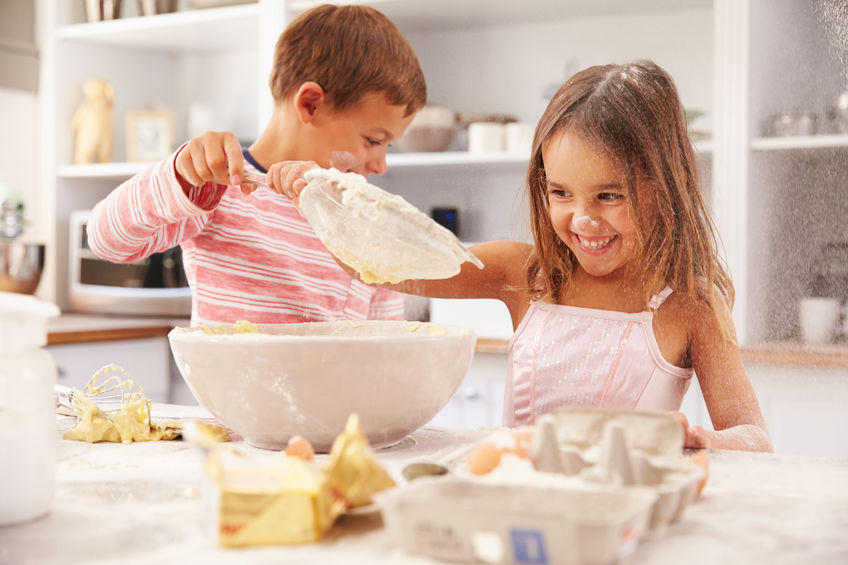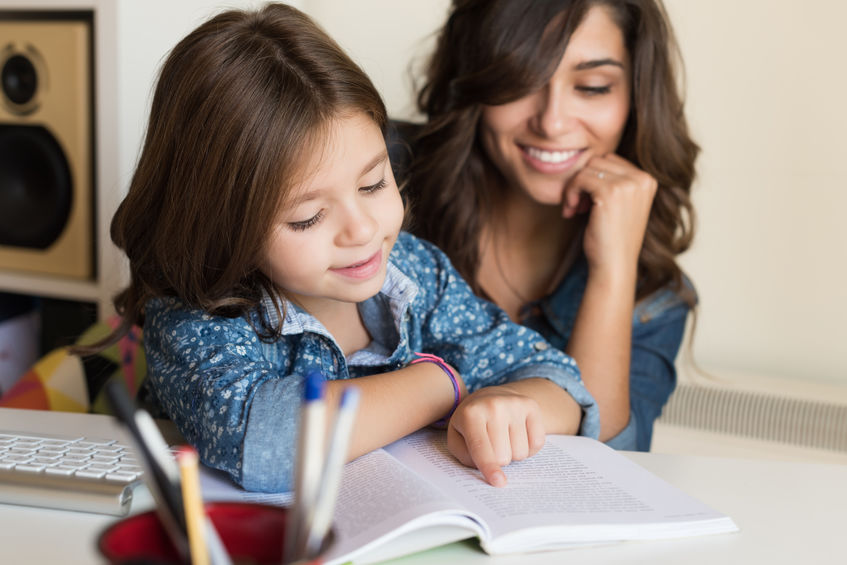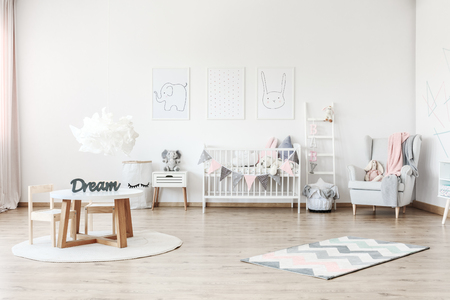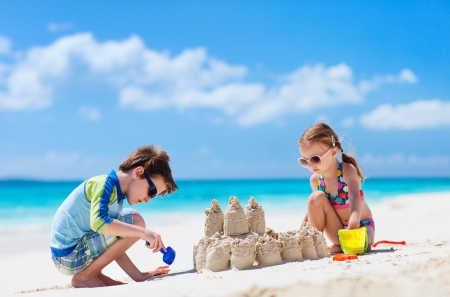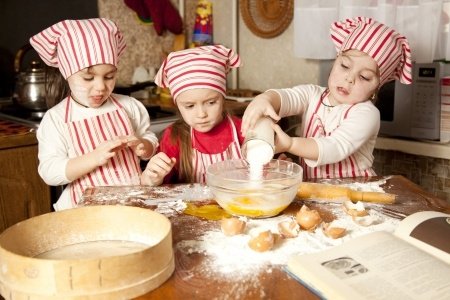
Children in the home bring joy, laughter and fun. However, they can also be tough on smaller items throughout the home. Just because you have children, doesn’t mean that you can’t have interesting accessories around your home. Find out what accents are great for children!
A globe is an attractive accessory and a great learning tool for kids. Teach your child about geography and far off places. They will have a great time examining the globe and imagining trips or adventures. Maps are also attractive as art work when framed. These are also great for starting conversations with kids!
Cute stepping stools are perfect to help children with chores. Find a fun stool that your child can stand on and help wash dishes or do laundry. They can also use it to stand on to help with the dusting. Foot stools are available for all décor styles, so have fun shopping around!
Textured rugs are great for providing a soft area for children to play on the floor. Kids love to be stimulated by tactile objects. Look for a shaggy area rug that your child can lay on while watching a movie or playing with toys. Faux hair rugs offer a unique touch to your room while inviting children to experience the softness.
Tea sets are always a fascination. Real and pretend tea parties are a source of endless hours of fun and entertainment. Set up an accent table with an attractive tea set and let your children have tea parties as often as they like. If they desire a real tea party, set out tasty treats and serve with the tea – complete the setup with milk and sugar. Let them have fun setting the table and arranging the treats themselves. Don’t forget the chance to practice good table manners!
Game tables are a wonderful addition because they have multiple uses. They can entertain children and double as an accent table. Many game tables are available that can transform from a game table to an accent table. Bumper pool tables are a blast for kids and adults and chess and checkers tables are good for teaching concentration!
What is your favorite way to incorporate fun accessories into your home décor?

